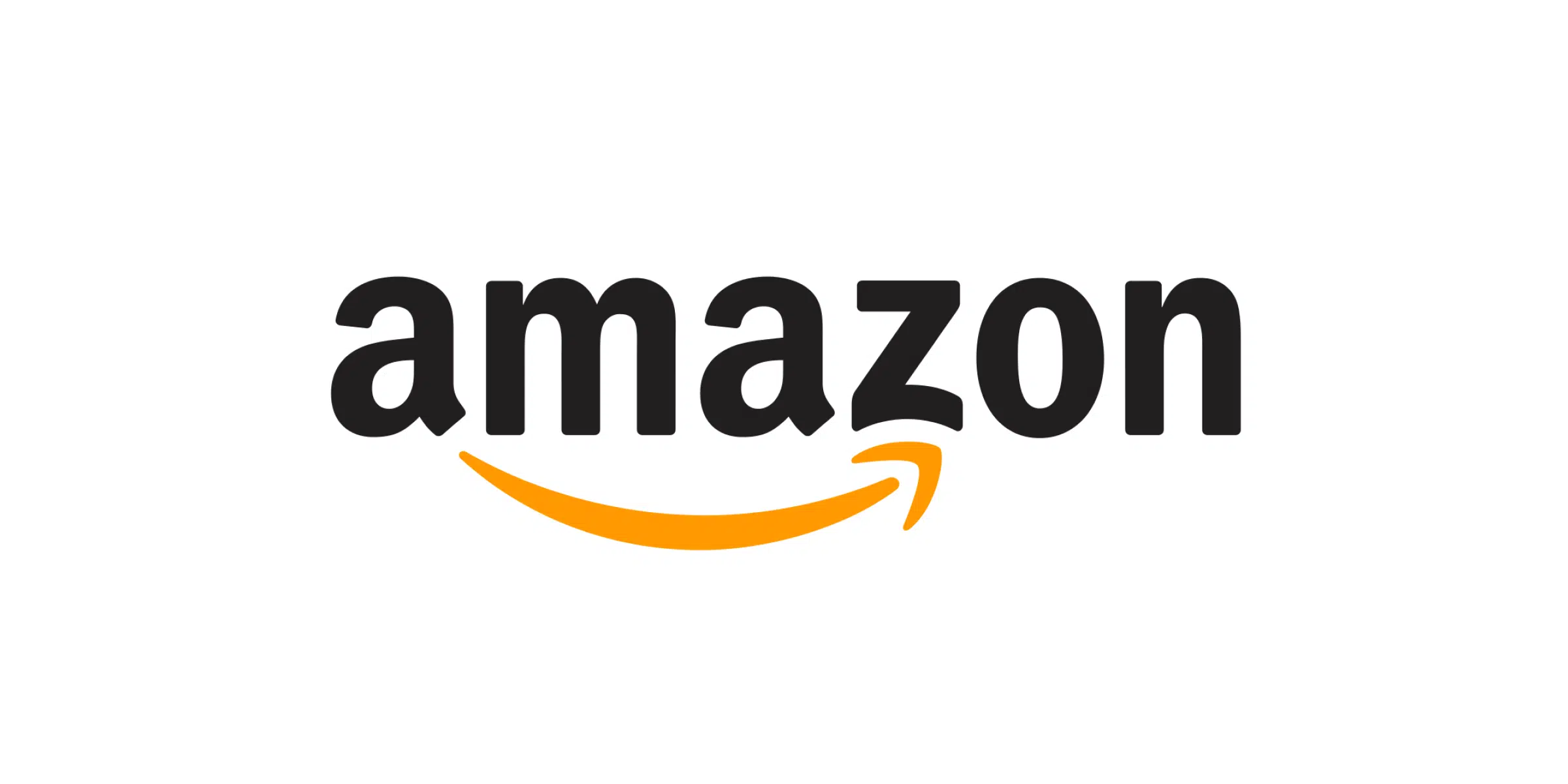
The push to decarbonize the last mile for fleets has become more urgent than ever. The last-mile delivery sector is growing, especially during the pandemic when online shopping surged and more people ordered goods online. This growth is expected to continue, which means the carbon emissions generated from these deliveries will increase if there are no efforts to reduce them.
Fortunately, there are several ways to decarbonize the last-mile delivery sector, and the most important among them is the availability of sustainable, lower-carbon fuels. Access to these fuels is essential, but unfortunately, it remains a significant inhibitor to their adoption.
As the world continues to grapple with the effects of climate change, there is a growing need for sustainable, low-carbon energy sources. While significant progress has been made in developing and promoting alternative fuels, access to these fuels remains a considerable obstacle. In particular, the lack of renewable fuels, such as biodiesel and ethanol, is a substantial barrier to their widespread adoption. However, mobile energy delivery is emerging as a promising solution to this problem, offering a quick and efficient way to make alternative energy more accessible and affordable.
Mobile Fueling
Mobile energy delivery is a new concept gaining momentum in recent years. It involves using specialized vehicles to transport fuel directly to customers, reducing reliance on fixed fueling stations. This setup provides a platform for any energy to be efficiently delivered to more end-users with minimal upfront investment compared to developing traditional fueling stations.
The benefits of mobile energy delivery are numerous. First and foremost, it offers a solution to the problem of the limited availability of renewable fuels. With only a small percentage of fuel stations in the United States currently offering biodiesel or ethanol, many fleets need help transitioning to these lower-carbon alternatives. By delivering fuel directly to customers, mobile energy delivery companies can expand the availability of these fuels to areas that may not have access to them otherwise.
In addition to increasing access to renewable fuels, mobile energy delivery also has the potential to reduce costs for fleet operators by eliminating the need to spend time and fuel driving to and from a traditional fueling station.
Mobile energy delivery also has the potential to reduce carbon emissions. By reducing the need for fleets to travel to and from traditional fueling stations, mobile energy delivery can help to minimize the carbon footprint associated with transporting fuel. Additionally, using renewable energies such as biodiesel and ethanol can significantly reduce carbon emissions compared to traditional fossil fuels.
While mobile energy delivery is still a relatively new concept, we at Booster Fuels are already operating in this space. Our mobile fueling service is currently available for fleets in several cities across the United States. This innovative approach to fueling can help to reduce the environmental impact of fleet operations while also improving efficiency and cost savings for our customers.
Challenges:
Despite the potential benefits of mobile energy delivery, some challenges must be addressed:
- One of the biggest challenges is regulatory barriers. Fuel delivery is heavily regulated at the federal and state levels, and mobile energy delivery companies must navigate a complex web of regulations to operate. Additionally, transporting fuel on public roads requires thoughtful safety procedures, which must be carefully managed to protect communities.
- Another challenge is the need for more investment in renewable fuels. While mobile energy delivery can help expand the availability of these fuels, there is still a need for more production capacity to meet growing demand. This will require significant investment in infrastructure and research and development.
Despite these challenges, mobile energy delivery is an exciting and promising new concept that has the potential to revolutionize the fueling industry. Expanding access to renewable fuels, reducing costs, and lowering carbon emissions offers a compelling alternative to traditional fueling stations. As the world transitions to a more sustainable energy future, mobile energy delivery is sure to play an increasingly important role.
The mobile energy delivery industry’s growth will increase access to alternative fuels, reduce hesitation to purchase greener vehicles, and lead to widespread adoption of more environmentally-friendly energies that will decrease pollution for consumers and enable the sustainable growth of last-mile delivery.
There are also other solutions to decarbonize the last-mile delivery sector, such as the use of electric vehicles (EVs) and hydrogen fuel cell vehicles. EVs have been gaining popularity in the last-mile delivery sector due to their low operating costs, reduced maintenance needs, and zero emissions. However, EVs have challenges, including limited range and long charging times.
On the other hand, hydrogen fuel cell vehicles are an emerging technology that has the potential to revolutionize the transportation sector. They produce zero emissions and offer longer ranges than EVs, making them a perfect fit for long-distance deliveries. However, the technology is still in its early stages, and the infrastructure for producing, storing, and distributing hydrogen has yet to be widely available.
Driving Toward a Greener Future:
Decarbonizing the last mile for fleets is essential to reduce the transportation sector’s carbon footprint. Mobile energy delivery is one of the most promising solutions to increase access to sustainable, lower-carbon fuels and reduce carbon emissions. However, it is not the only solution. It is essential to continue exploring other options, such as EVs and hydrogen fuel cell vehicles, to find the best solutions for each fleet’s unique needs.







